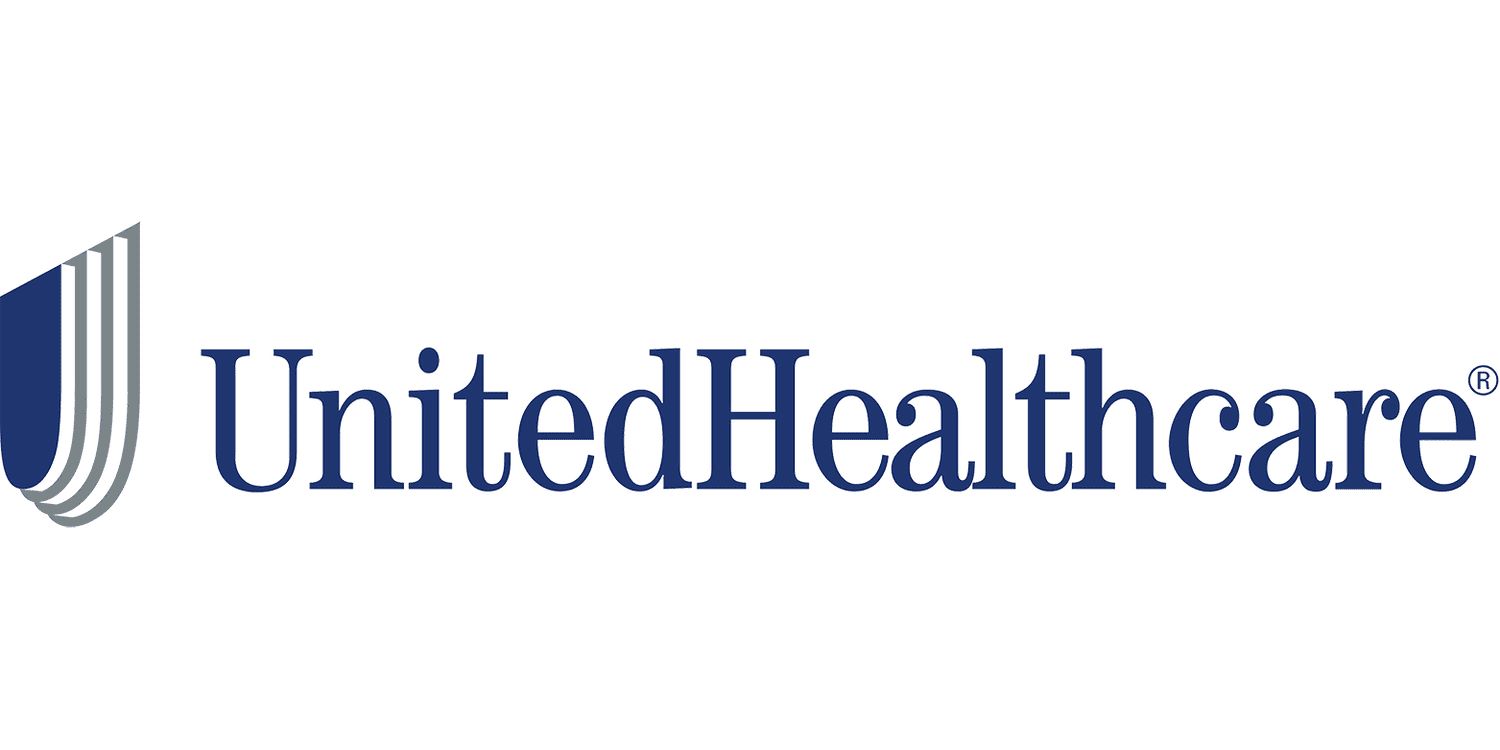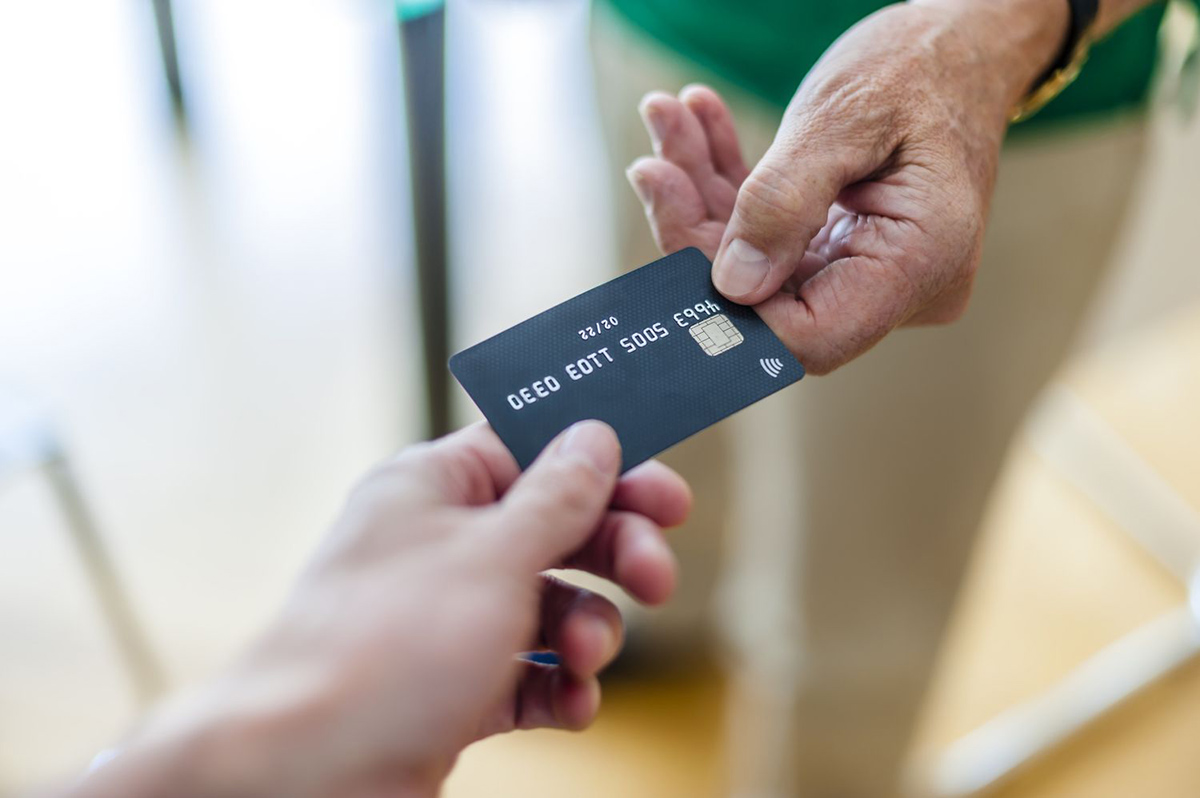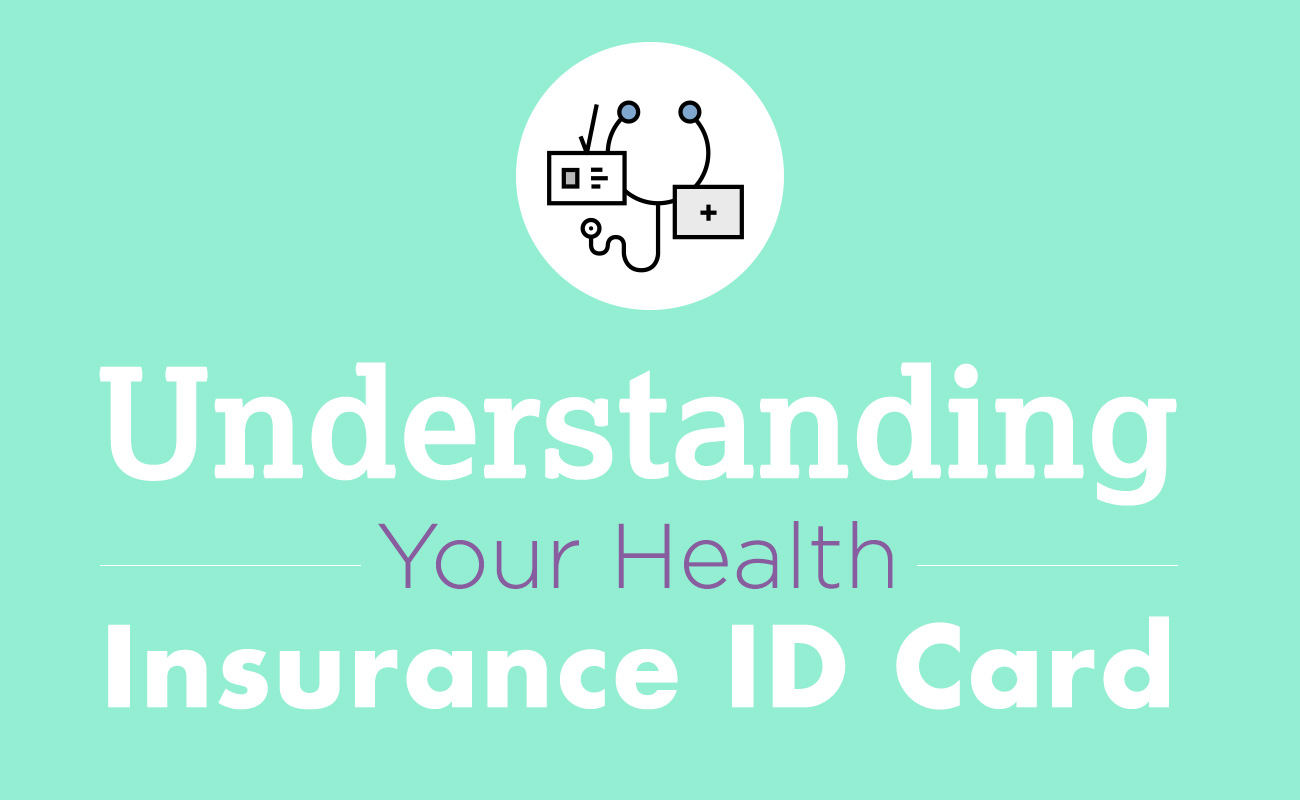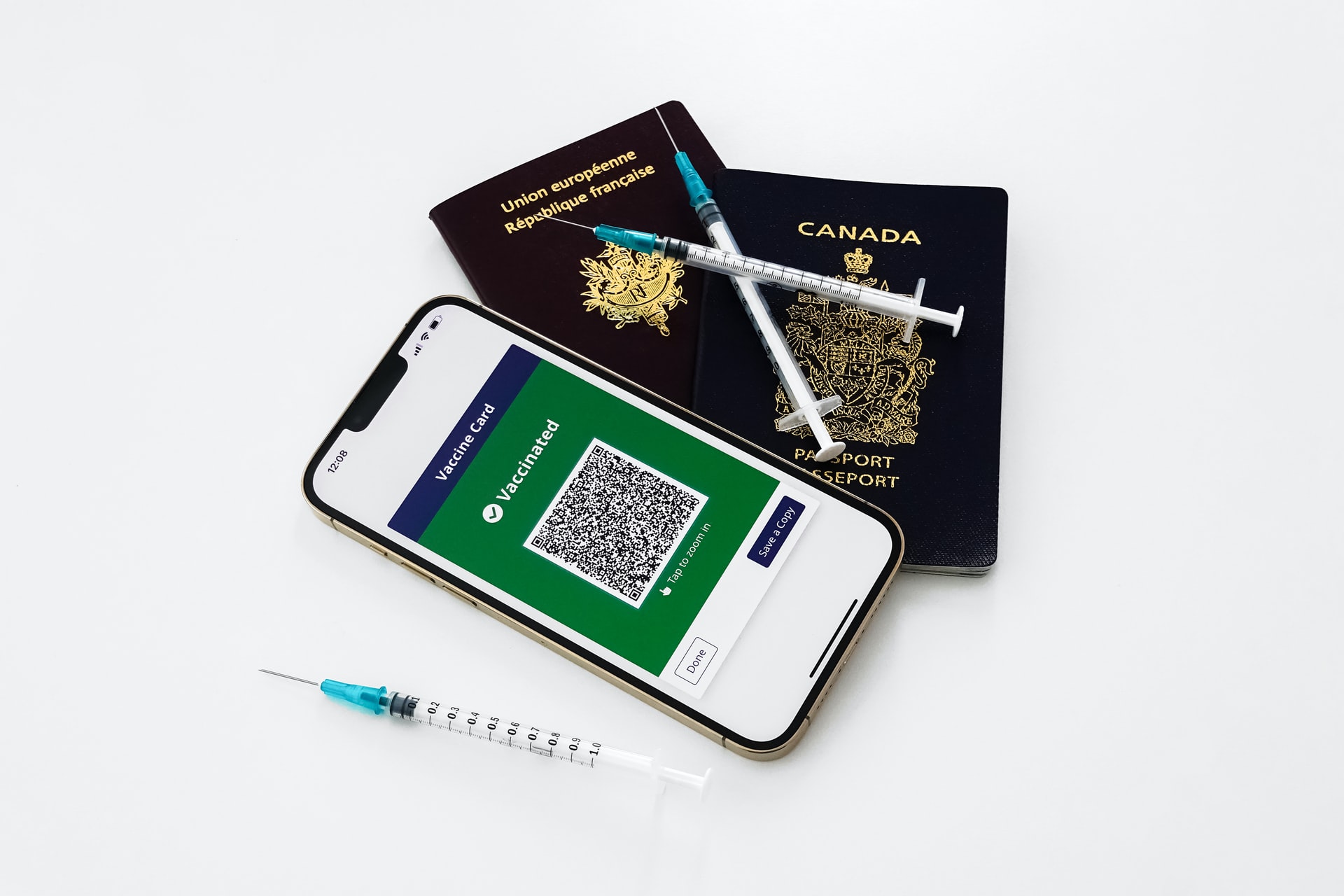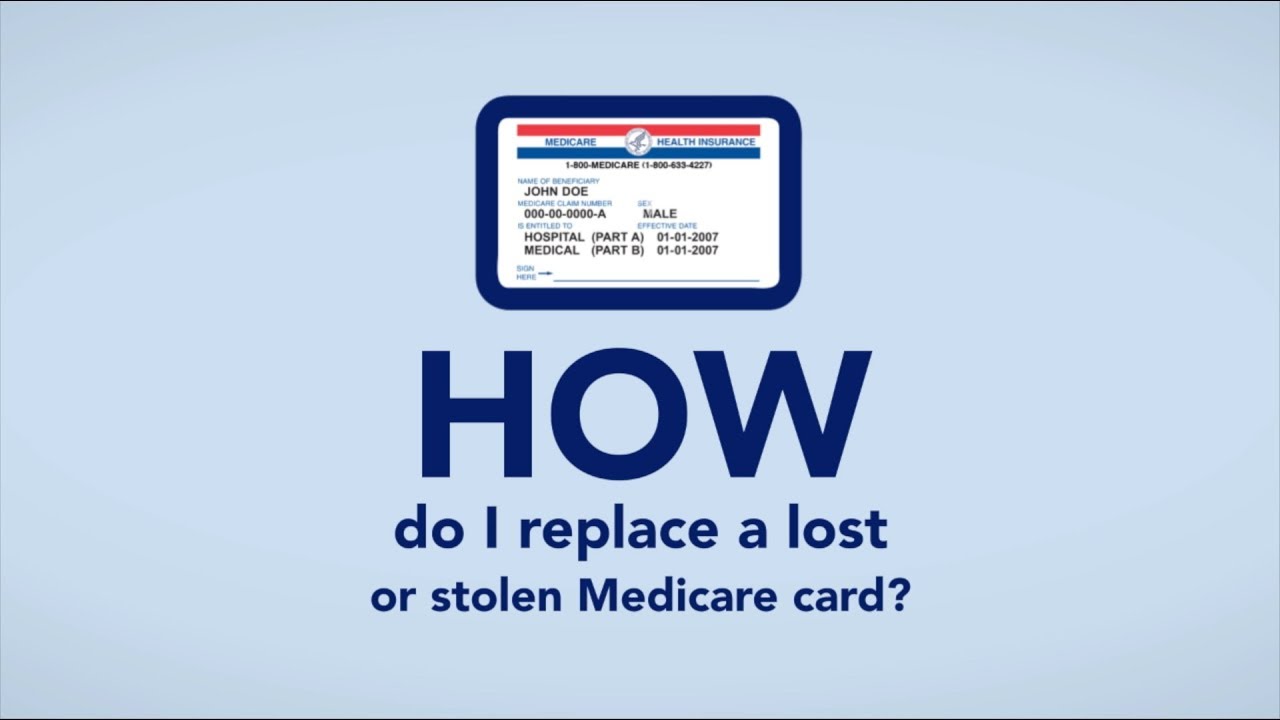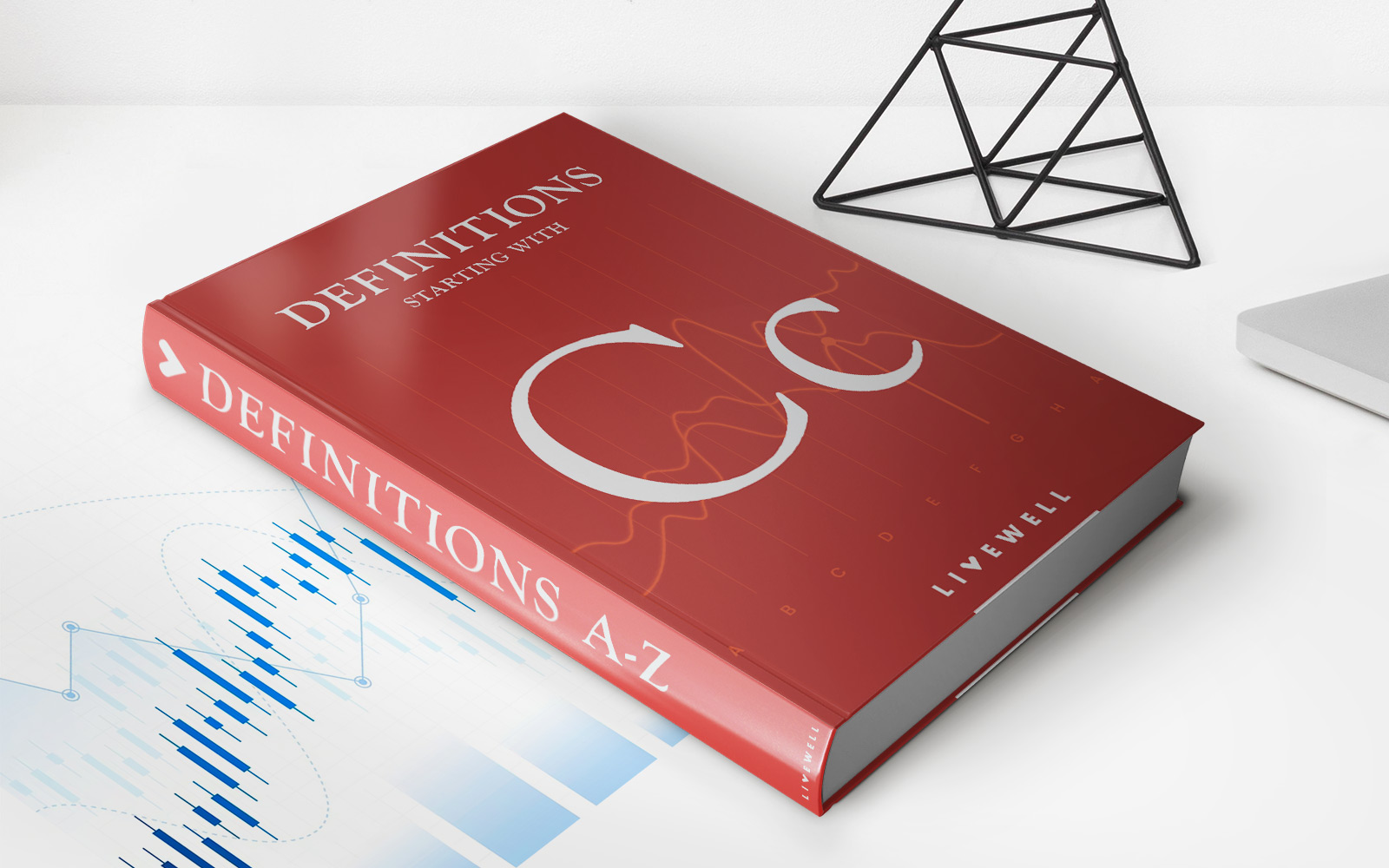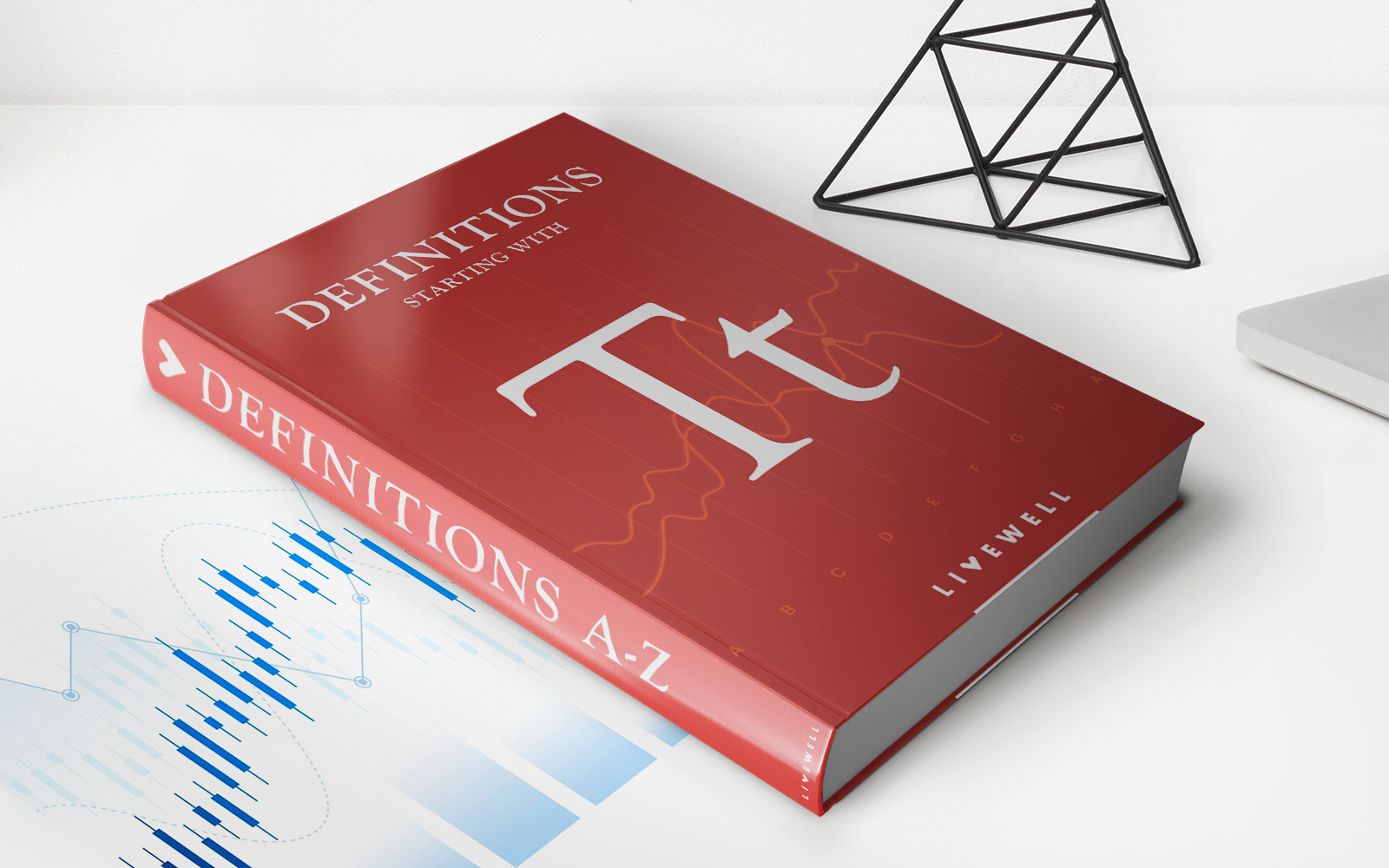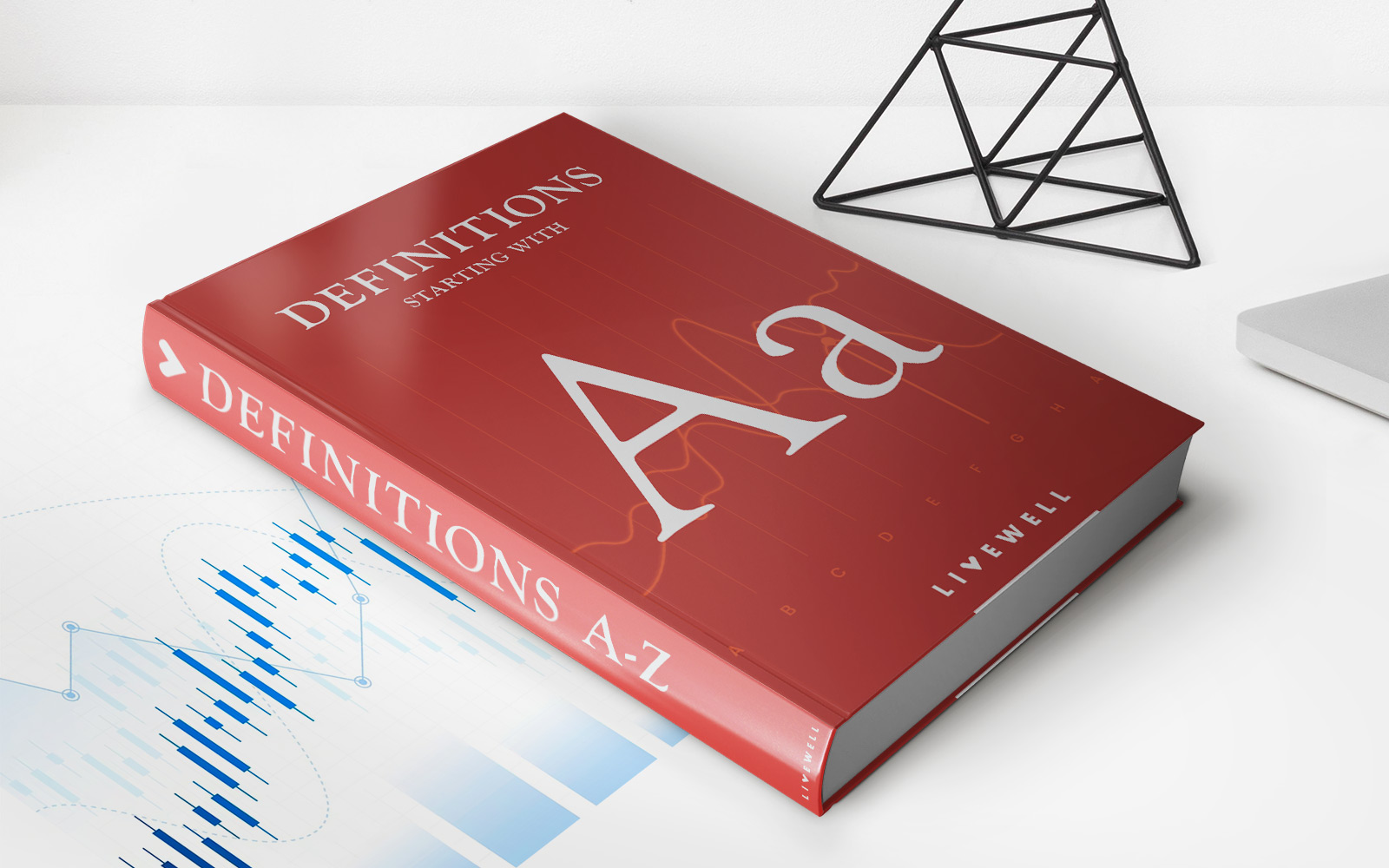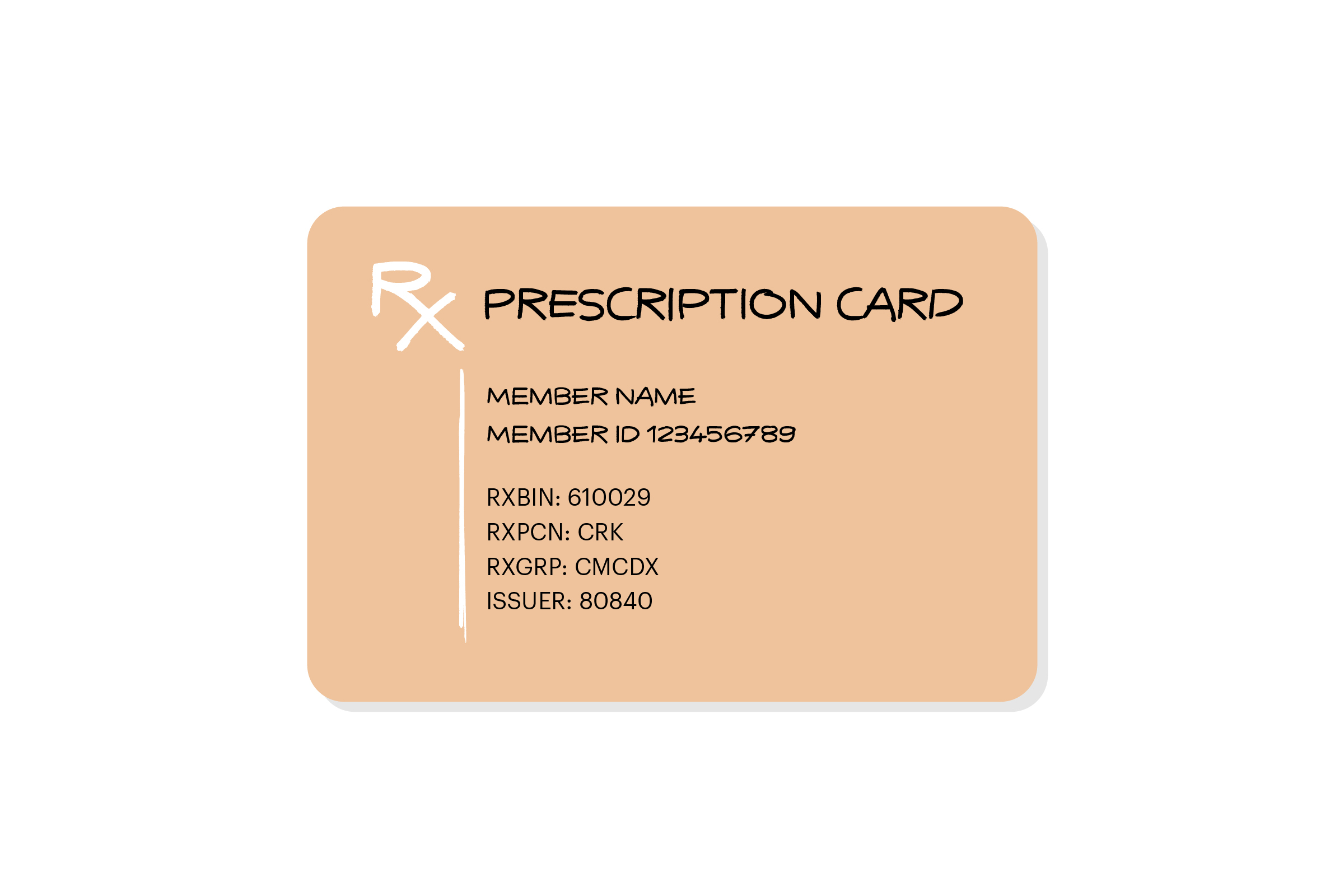

Finance
What Is Rxbin On An Insurance Card?
Published: November 16, 2023
Find out what Rxbin on an insurance card means and how it relates to finances. Understanding this term can help you navigate your insurance coverage more effectively.
(Many of the links in this article redirect to a specific reviewed product. Your purchase of these products through affiliate links helps to generate commission for LiveWell, at no extra cost. Learn more)
Table of Contents
Introduction
Insurance cards play a crucial role in the healthcare industry, providing important information about an individual’s coverage and facilitating the billing process. These cards contain various details that healthcare providers need to verify the patient’s insurance coverage and process claims accurately. One essential piece of information found on an insurance card is the RxBIN number.
In this article, we will explore the significance of the RxBIN number on an insurance card. We will delve into what it is, why it is important, and how to locate it on your insurance card. Additionally, we will discuss some common RxBIN numbers and their significance.
Understanding the purpose of the RxBIN number is beneficial for both healthcare providers and patients. Providers can use it to determine which pharmacy benefit manager (PBM) is responsible for processing prescription claims, while patients can use it to confirm their pharmacy coverage.
Now, let’s dive deeper into the world of insurance cards and unveil the significance of the RxBIN number.
Understanding an Insurance Card
An insurance card is a small, wallet-sized card that contains crucial information related to an individual’s healthcare coverage. It serves as proof of insurance and provides essential details that healthcare providers and pharmacies need to process claims accurately.
Insurance cards typically include the following information:
- Policyholder’s name: The name of the individual covered under the insurance plan.
- Insurance company name: The name of the insurance company that provides the coverage.
- Policy number: A unique identifier assigned to the policyholder’s specific insurance plan.
- Group number: A number that identifies a specific group or employer-sponsored insurance plan.
- Effective date: The date from which the insurance coverage becomes active.
- Expiration date: The date until which the insurance coverage remains in effect.
- Copayment amounts: The fixed amount that the policyholder needs to pay for specific medical services or prescriptions.
- Network details: Information about the network of healthcare providers that are covered under the insurance plan.
- Contact information: The phone number or website of the insurance company’s customer service department.
These cards are typically issued to individuals who have health insurance coverage, whether through an employer, government program, or private insurer. It is important to keep the insurance card accessible and present it whenever seeking medical care or filling a prescription.
Now that we have a basic understanding of insurance cards, let’s delve deeper into the significance of the RxBIN number featured on these cards.
What is RxBIN?
RxBIN stands for “Prescription Bank Identification Number.” It is a unique six-digit number that identifies the pharmacy benefit manager (PBM) associated with a specific insurance plan. PBMs are companies that manage prescription drug benefits on behalf of insurance companies and employers.
When a prescription is filled at a pharmacy, the RxBIN number is used to route the claim to the appropriate PBM for processing. The PBM then reviews the claim, checks the patient’s formulary (the list of covered medications), and applies any applicable copayments or coverage restrictions.
The RxBIN number is essential for ensuring accurate and efficient processing of prescription claims. It helps connect the pharmacy, the PBM, and the insurance company, streamlining the flow of information and facilitating reimbursement for both the pharmacy and the patient.
Given the vast number of insurance plans and PBMs in the healthcare industry, there are numerous RxBIN numbers in circulation. Each PBM is assigned a unique RxBIN by the National Council for Prescription Drug Programs (NCPDP), the independent standards body responsible for creating and maintaining pharmacy-related standards in the United States.
It’s important to note that the RxBIN number is distinct from the PCN (Processor Control Number) and the Group Number on an insurance card. While the RxBIN identifies the PBM, the PCN identifies the specific claim processing network, and the Group Number identifies the employer or group plan.
Now that we understand what the RxBIN number is, let’s explore why it is an important piece of information on an insurance card.
Why is RxBIN Important?
The RxBIN number holds significant importance in the healthcare industry for several reasons. Let’s explore why it is a crucial piece of information on an insurance card:
- Identification of Pharmacy Benefit Manager (PBM): The RxBIN number allows healthcare providers and pharmacies to determine which PBM is responsible for processing prescription claims. This information is vital for ensuring that claims are routed to the correct entity, minimizing errors and expediting the claims process.
- Accurate Prescription Claim Processing: When a prescription is filled at a pharmacy, the RxBIN number is used to route the claim to the appropriate PBM. This ensures that the claim is reviewed by the correct entity, enabling accurate processing based on the individual’s insurance coverage, formulary, and copayment information. Without the RxBIN number, there would be a lack of clarity and potential delays in claims processing.
- Verification of Pharmacy Coverage: Patients can use the RxBIN number to confirm their pharmacy coverage. By providing the RxBIN to their pharmacy, they can ensure that their prescription claims are submitted to the correct PBM and that their coverage will be applied appropriately. This helps avoid any surprises at the pharmacy counter and assists patients in understanding their out-of-pocket costs.
- Effective Communication Between Healthcare Entities: The RxBIN number serves as a standardized identifier that facilitates communication between pharmacies, PBMs, and insurance companies. It streamlines the transmission of data and ensures that relevant information reaches the appropriate parties, allowing for smooth coordination in the prescription claims process.
- Efficiency and Cost Savings: By accurately routing prescription claims and reducing processing errors, the RxBIN number helps save time and resources for both pharmacies and PBMs. This efficiency translates into cost savings for all stakeholders involved, including insurance companies, employers, and patients.
Overall, the RxBIN number plays a vital role in ensuring seamless communication, accurate claims processing, and efficient prescription medication coverage. It serves as a key piece of information on an insurance card, benefiting both healthcare providers and patients alike.
Next, we will explore how to locate the RxBIN number on an insurance card.
How to Locate RxBIN on an Insurance Card
Locating the RxBIN number on your insurance card is essential to ensure that your prescription claims are processed accurately. While the specific placement may vary depending on the insurance provider, here are a few common locations where you can find the RxBIN number:
- Front of the Card: Some insurance cards display the RxBIN number prominently on the front. Look for a six-digit number labeled as “RxBIN” or “Prescription BIN.”
- Back of the Card: In many cases, the RxBIN number is located on the back of the insurance card, often in the “Pharmacy” or “Prescription” section. Scan the card for a section labeled with these terms and look for a six-digit number identified as the RxBIN.
- Pharmacy Information: Another common place to find the RxBIN number is alongside the pharmacy contact information on the card. Look for a section displaying the pharmacy name, contact number, and the RxBIN as a part of this information.
- Additional Information: Some insurance cards may have a designated section for additional details or instructions. Check for any sections labeled “Additional Information,” “Claims Information,” or “Important Numbers.” The RxBIN number might be listed within this section.
- Contacting the Insurance Company: If you are unable to locate the RxBIN number on your insurance card, you can contact your insurance company’s customer service department. They will be able to provide you with the correct RxBIN number or guide you on where to find it.
Remember, different insurance providers may present their cards in various formats. If you have multiple insurance cards, such as medical and prescription coverage, ensure that you are referencing the correct card for the RxBIN number.
It’s crucial to keep your insurance card in a safe and easily accessible place, as you may need to provide the RxBIN number when filling prescriptions or seeking healthcare services. Double-check the accuracy of the RxBIN number to ensure seamless processing of your prescription claims.
Now that we know how to locate the RxBIN number, let’s explore some common RxBIN numbers that you might encounter on insurance cards.
Common RxBIN Numbers
As mentioned earlier, each pharmacy benefit manager (PBM) is assigned a unique RxBIN number by the National Council for Prescription Drug Programs (NCPDP). While there are numerous RxBIN numbers in circulation, here are some common ones that you may encounter on insurance cards:
- RxBIN 004336: This RxBIN is associated with Express Scripts, one of the largest pharmacy benefit managers in the United States. Express Scripts handles prescription drug benefits for many different insurance plans and employers.
- RxBIN 610014: CVS Caremark, another prominent PBM, has this RxBIN associated with its services. CVS Caremark manages pharmacy benefits for various insurance companies, including employer-sponsored plans and government programs.
- RxBIN 003858: OptumRx, a subsidiary of UnitedHealth Group, operates with this RxBIN number. OptumRx provides pharmacy benefit management services for a wide range of insurance plans and employers.
- RxBIN 001553: Humana Pharmacy Solutions utilizes this RxBIN number. Humana is an insurance company that also offers comprehensive pharmacy services, including mail-order prescriptions and specialty pharmacy services.
- RxBIN 610591: MedImpact is associated with this RxBIN number. MedImpact is a PBM that manages prescription drug benefits for various health plans, including self-insured employers and government programs.
It’s important to note that the specific RxBIN number associated with your insurance card will depend on your insurance provider and the pharmacy benefit manager they have partnered with. These common RxBIN numbers serve as examples to illustrate the variety of PBMs and their associated RxBINs.
If you are unsure about the RxBIN number on your insurance card, refer to your insurance company’s website or contact their customer service for accurate and up-to-date information. They will be able to provide you with the correct RxBIN number associated with your specific insurance plan.
Now that we have covered common RxBIN numbers, let’s conclude our discussion on the importance of the RxBIN number on an insurance card.
Conclusion
Understanding the role of the RxBIN number on an insurance card is crucial for both healthcare providers and patients. This six-digit number helps identify the pharmacy benefit manager (PBM) responsible for processing prescription claims and plays a vital role in accurate claims processing.
Throughout this article, we have explored the various aspects of the RxBIN number. We have learned that the RxBIN number allows healthcare providers to route prescription claims to the correct PBM, ensuring accurate processing based on the patient’s insurance coverage and formulary. Patients can use the RxBIN number to verify their pharmacy coverage and ensure that their claims are submitted to the right entity.
Locating the RxBIN number on an insurance card is crucial. Whether it is prominently displayed on the front of the card, in the “Pharmacy” section on the back, or alongside pharmacy contact information, finding the RxBIN number ensures smooth communication between pharmacies, PBMs, and insurance companies.
Common RxBIN numbers, such as those associated with Express Scripts, CVS Caremark, OptumRx, Humana Pharmacy Solutions, and MedImpact, exemplify the diverse range of PBMs in the healthcare industry. Your insurance card will feature a specific RxBIN number associated with your insurance provider and PBM.
By understanding the importance of the RxBIN number and being able to locate it on your insurance card, you can ensure streamlined prescription claims processing, accurate coverage validation, and efficient communication among healthcare entities.
So, the next time you glance at your insurance card, remember the significance of the RxBIN number and the role it plays in making the healthcare process smoother for both providers and patients.


